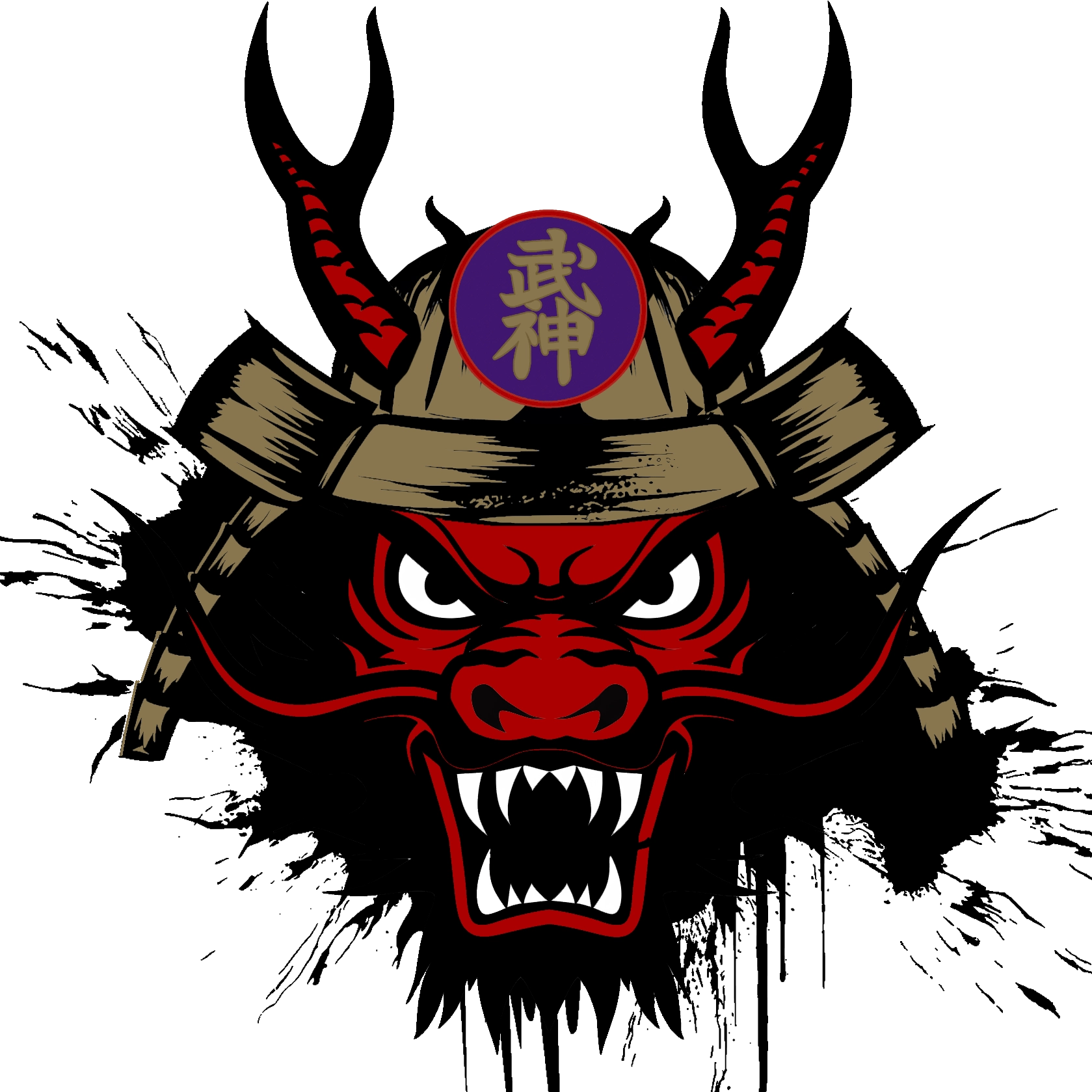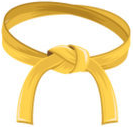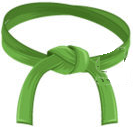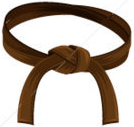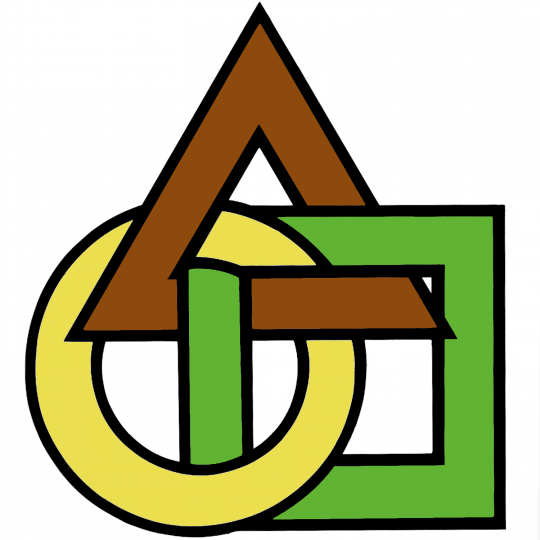
天地人略の巻
TEN – CHI – JIN RYAKU NO MAKI
(The scrolls of Heaven, Earth and Man)
I made three books* that I call 無段者 Mudansha Guide vol 1, 2 & 3 based on the Bujinkan Ten-Chi-Jin Ryaku no Maki, or Shinden Kihon Kata. Mudansha means “one without a black belt”. I did have plans for Yuudansha guides “one with a black belt” to, but could never decide how to present that, I guess it would be all the weapons and schools which is a lot of techniques. I also made several videos on the topic with less details and covering many techniques or videos with less techniques with more details. There are several TCJRNM versions that Hatsumi Soke gave out in the 1970’s, 80’s and 90’s, my version below includes most of the techniques and some additionals and techniques**
Below is the updated 2013 version, I will update each kata section later with kanji.
天略の巻
TEN RYAKU NO MAKI
(The scroll of heaven)
First level is recommended study material for 9 kyu to 7 kyu video
This level is about learning how to move the body in different situations naturally.
- 礼式と道場訓 REISHIKI TO DOJO-KUN (Etiquette and law of the dojo)
Dojo-kun, Suwarigata, Seiza-rei, Shikin-haramitsu-daikomyo. - 柔軟運動と呼吸法 JUNAN UNDO TO KOKYUHO (Body and breathing exercises) video
Anza, Kaiza, Choza, Kaiza, Enza. Shomenkokyuho, Seizasayushinkokyuho. - 大変術三倍一流 TAIHENJUTSU SANPEN ICHIRYU (body movement and breakfalling)
Zenpokaiten-roppo, Sokuhokaiten-roppo, Ushirokaiten-roppo, Zenpoukemi-roppo, Yokonagare-roppo, Ushironagare-roppo, Shihotenchitobi. - 構えの型九法 KAMAE NO KATA KYUHO (9 body postures)
Shizen no rippo, Fudoza, Hiraichimonji, Ichimonji, Doko, Hicho, Hoko, Kosei, Jumonji. - 受流し UKENAGASHI (Receiving flow)
Tsukitaisuru ukemi (jodan, chudan, gedan), Keritaisuru ukemi (jodan, chudan, gedan) - 捌き型 SABAKI KATA (Footwork)
Mae, Nanamemaemigi, Migi, Nanameushiromigi, Ushiro, Nanameushirohidari, Hidari, Nanamemaehidari. - 秘拳十六法 HIKEN JUROPPO (16 secret strikes) video
Kikakuken, Shukiken, Fudoken, Kitenken, Shishinken, Shitanken, Shakoken, Shitoken, Shikanken, Koppoken, Happaken, Sokuyakuken, Sokkiken, Sokugyakuken, Taiken, Shizenken. - 三心の型 SANSHIN NO KATA (Three hearts) video
Chi, Sui, Ka, Fu, Ku. - 基本八法の型 KIHON HAPPOU NO KATA (8 fundamental techniques) video
Ichimonji, Hichou, Juumonji, Omotegyaku, Omote-ken-sabaki, Uragyaku, Mushadori, Gansekinage. - 大変術無刀捕り型 TAIHENJUTSU MUTODORI KATA (Escaping sword cuts)
Hira, Ichimonji, Juumonji
地略の巻
CHI RYAKU NO MAKI
(The scroll of earth)
Second level is recommended study material for 6 kyu to 4 kyu video>
This level is more technical oriented, learning various techniques and how they work.
- 蹴型十六法 KERI KATA JUROPPO (16 kicking techniques)
Sokuyakuken, Omotesokuyakuken, Sokuyakuharaiken, Nanameushirokata-tenchijinkeri, Kohogeri, Umageri, Kataashitobigeri, Ryoyokugeri, Sokuyakugeri, Sokuyakusuiheiken, Sokuhogeri, Koken, Kagikohogeri, Sokkihentenken, Ryoashigeri, Suijosokuyakuken. - 蹴に対受型 KERI NI TAISURU UKE KATA (Receiving kicking techniques)
Kerikudaki, Kyoto, Sukudori, Ashigari, Taihen, Ashiomotegyakudori, Kerinotaidori, Tsureyuki, Ashiori, Taiken. - 拳の使方と意無し型 KEN NO TAISUKAI TO INASHIGATA (Moving with the fist)
Henkaken, Itamidori, Kennagashi, Itamiuchi, Henkakeri, Tedamadori, Tsukamidori, Kogerihenka, Kudaki. - 足拉 ASHIRAU (Felling)
Ipponme, Nihonme, Sanbonme, Yonhonme. - 把術の法 HAJUTSU NO HO (Breaking down the opponent)
Tehodoki, Taihodoki, Oyowaza, Happokerikata. - 関節技 KANSETSU WAZA (Locking techniques) video
Omotegyaku-roppou, Uragyaku-roppou. - 逆技 GYAKU-GI (Reversed techniques) video
Takeori, Omotekotegyaku, Uragyaku, Hongyaku, Omote-onikudaki, Ura-onikudaki, Mushadori, Musodori, Ogyaku. - 投型 NAGE KATA (Throwing techniques)
Gansekinage, Haraigoshi to harai, Gyakunage, Takiotoshi, Osotonage to Osotogake, Uchimatauchigake, Haneage to Hanekosshinage, Itamikennage, Jigoku to Gokuraku to Yume no makura. - 流水行 RYU SUI IKI (Sacrifice throws)
Tomoenage, Tachinage, Yokonagare, Temakura, Kurumanage. - 締技 SHIME WAZA (Strangulation methods)
Gyakujime, Honjime, Sankakujime, Erijime, Mimijime, Itamijime, Sankakuashijime, Dojime, Koroshijime. - 初傳中極意急所図 SHODEN CHU GOKUI KYUSHO ZU (Map of secret vulnerable points)
Urakimon, Kirigasumi, Kimon, Happa, Yaku, Shinchu, Kyokei, Ryufu, Ryumon, Kinketsu, Menbu, Matsukaze, Wakitsubo, Hadome, Kasumi, Jujiro, Koshitsubo, Tokotsu, Murasame, Kenkotsu, Amado, Hiryuran, Jakkin, Koe, Gorintsukikage, Hoshizawa, Yubitsubo, Shishiran, Daimon, Tenmon, Gorininazuma, Uin, Butsumetsu, Kosei, Asagiri, Amado, Sai, Sain, Urakimon, Yugasumi, Hoshi, Jinchu, Usai, Tento, Gorin.
人略の巻
JIN RYAKU NO MAKI
(The scroll of Man)
Third level is recommended study material for 3 kyu to 1 kyu video
In this level you combine the movement from the first level together with the techniques from the second level.
- 座り型 SUWARI KATA (defense from a seated position)
Ichigeki, Osaekoma, Udeori, Dogaeshi, Raiken. - 片手捕 KATATE DORI (defense against a single hand grab)
Atenage, Setto, Hikiotoshi, Fudou, Houteki. - 両手捕 RYOTE DORI (defense against double lapel grabs)
Kanashibari, Tengudori, Ryoutegake, Koki, Shizen, Sotou, Ransetsu. - 背部より HAIBUYORI (defense against attacks from behind)
Shisai, Sakketsu, Kinkudaki, Ketsumyaku, Teiken. - 突き打 TSUKI UCHI (defense against a punch)
Koyoku, Hisakku, Setsuyaku, Musan, Gekkan, Katamaki, Hibari, Shihodori, Moguridori. - 蹴りに対する受け方 KERI NI TAISURU UKE KATA (defense against kicks) video
Jigokuotoshi, Kerinitaishitekoto, Huko, Ketaoshi, Yumemakura - 突きと蹴りに対すく技 TSUKI TO KERI NI TAISUKU KATA (defense against kicks and punches)
Kokuu, Renyou, Gyakunagare, Kasasagi. - 投げに対する技 NAGE NI TAISURU WAZA (defense against throws)
Zudori, Fukan, Seion, Gokurakuotoshi, Ugari, Hito, Taijime, Nagekaeshihenka. - 無刀捕 MUTO DORI (defense against knife attack)
Ken-nagare, Ujaku, Koraku, Hosen, Ko. - 鼠逃遁甲の型 ZANTO TONKO NO KATA (methods for escaping the fight) video
Migikataude, Hidarikataude, Kubisugi, Atekomi, Koteuchi, Migiuchi, Kumogakure, Kouseikirigakure, Happoukirigakure. - 女性護身術 JOSEI GOSHINJUTSU (self defense for women)
Roto, Hanekujiki, Royoku, Shinsen.
Conclusion:
It is important to understand that once you become Yuudansha (black belt) you still keep training on all these levels, you don’t stop training on these techniques. All the Ryu-ha techniques is used with movements from the first level, and techniques from the second level in unlimited combinations. If you can do the first and second level good the Ryu-ha techniques will become easy.
When doing the third level and you have problems you need to go back to the first two levels. When looking at ranking on dan grades I look at how well you can perform the first two levels combined. I too spend quite some time training on these levels, almost every time i teach I do also train, so you never abandon these techniques. They are all important, when you think you know it all, that’s when you stop learning and improving.
Sample video
I made this video between 2002-2003, I made several other videos with more details.
* These books are no longer in print. But here you got the name in romaji and kanji and short explanation (where available, I’m working on it). This is what you get from me, I encourage you all to make your own book, don’t ask me for a ready book with everything because you’re too lazy taking notes and creating your own manuals (this is what I did the whole time I’ve been training, I took notes for myself and made my own books.
** As a Bujinkan Menkyou Kaiden I think it is my right to modify and teach the way I feel is correct. I’ve been training loyally for nearly 30 years and it is time to break free and do what I do without relying on someone else. If I didn’t get it in those years I never will. It is part of growing up, sometime you need top grow up and take responsibility without asking your parents for help. I do not recommend anyone to do this without putting in at least 20 years of training. Some teenagers are cocky and think they know everything, I’m not a teenager in the Bujinkan anymore.
